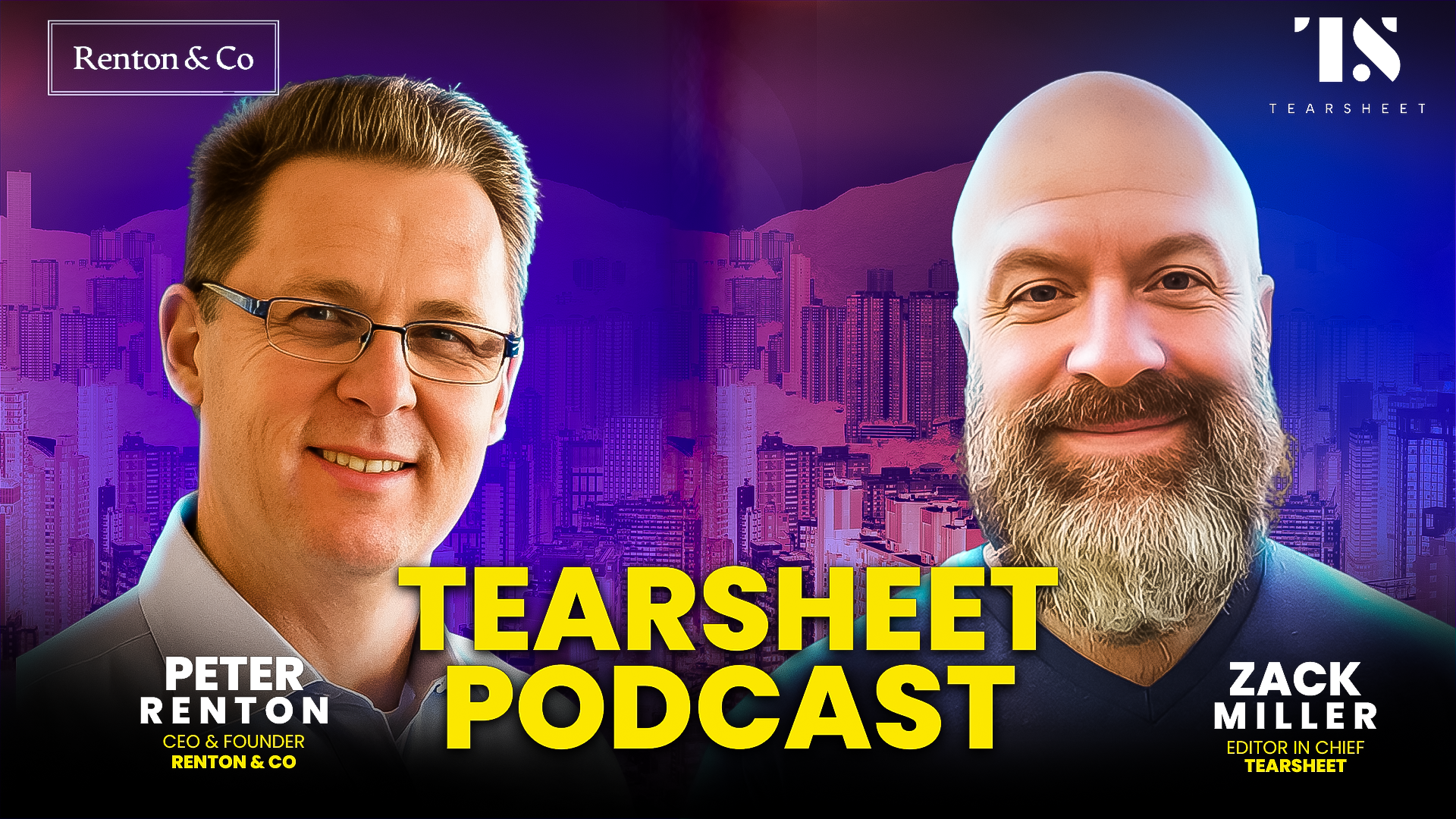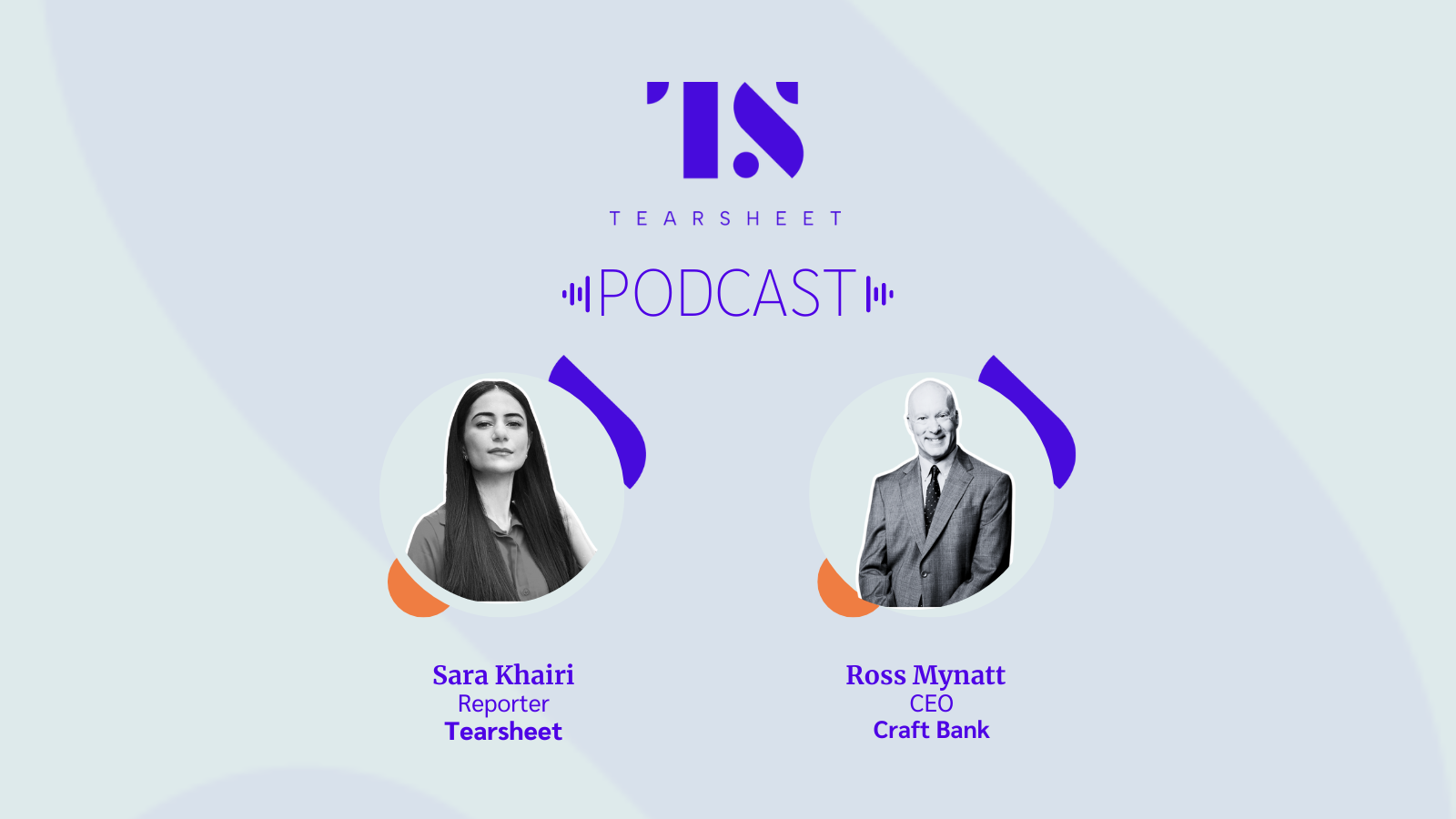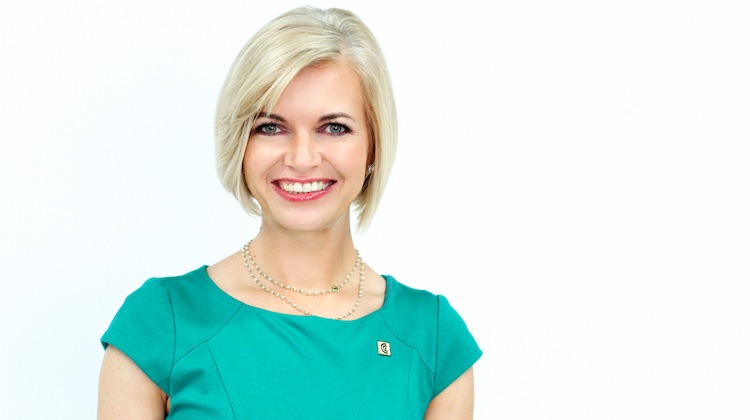In the ever-evolving world of fintech and open banking, staying ahead of the curve is crucial. Few understand this better than Peter Renton. He is the CEO and founder of Renton & Co., a fintech consulting firm specializing in media, thought leadership, and event support. Renton is the former chairman and co-founder of Fintech Nexus (formerly LendIt Fintech). He has been out in the lead of fintech innovation for over a decade. His work has shaped the industry during this time.
In today’s episode of the Tearsheet podcast, Renton shared his insights on the current state of fintech. He shares his insights on where he sees the industry heading. Renton has a keen understanding of the fintech sector. His insights provide valuable guidance for established companies and newcomers in the industry.
“Without doubt, the most interesting space in fintech in 2024 is the banking as a service space,” Renton states. “Because of the way the banking system in this country is structured, we need banking as a service. And it’s not going away.”
The evolution of fintech events
Renton’s journey in the fintech world was punctuated with the creation of LendIt. It is a conference that grew from a small gathering of 350 people to a major industry event attracting thousands of attendees. As the fintech landscape evolved, so did the event. It expanded its focus from peer-to-peer lending to encompass broader fintech topics and companies.
“We expanded beyond lending and started it in 2017 and got going in 2018/2019, where we became a real fintech event,” Renton explains. This evolution mirrors the broader changes in the fintech industry. These include specialized lending platforms to comprehensive financial services providers.
The changing face of fintech conferences
Large-scale events like Money 2020 and Fintech Meetup still attract many attendees. Renton observes a rising trend of smaller, more specialized events organized by fintech companies themselves. “What you’re seeing in the event space is more and more companies doing their own small events,” he observes. These specialized gatherings allow companies to showcase thought leadership. They help to engage with their target audience.
Opportunities in Banking-as-a-Service and Embedded Finance
Renton sees significant potential in the banking-as-a-service (BaaS) sector, despite recent challenges. He believes that new regulations will provide clarity and stability. This will create opportunities for community banks. As a result, they will be able to expand their reach through BaaS offerings.
“If you want to grow your community bank, it’s hard to do that geographically now,” Renton explains. “But if you open up a BaaS line of business, there are ways you can grow your bank.”
Embedded finance is closely related to BaaS. It is another area Renton highlights as ripe for innovation. He points to companies like Pipe bringing fintech solutions to non-financial businesses, particularly in the vertical SaaS space.
The promise of Open Banking
Looking ahead, Renton is particularly excited about the potential of open banking. With the anticipated release of new CFPB rules on open banking, he foresees a wave of innovation.
“Open banking… is going to be a moment in time, but then that’s going to be in place and people are going to understand the rules of the road,” Renton predicts. “I think there’s a massive opportunity once that gets going. And when all the data, when your data becomes yours and it becomes more portable. There’s going to be a wave of new fintech companies that are going to use that and take advantage of that.”
The big ideas for Open Banking and Embedded Finance
- There is a need for banking-as-a-service evolution. Renton asserts, “We need banking as a service. And it’s not going away.” He highlights the ongoing importance of BaaS in the fintech ecosystem.
- Renton highlights the rise of specialized events. “What you’re seeing in the event space is more and more companies doing their small events,” Renton notes. He points to a shift in how fintech companies engage with their audiences.
- He observes a growth trend in embedded finance opportunities. “If you’re a vertical SaaS company today and you’re not making revenue from payments and revenue from lending, you are behind the curve,” Renton warns. emphasizing the growing importance of embedded finance.
- Renton underscores the potential of community banks. He explains, “If you want to grow your community bank, it’s really hard to do that geographically now.” He suggests BaaS as a growth strategy for smaller banks.
- There is a rise in open banking innovation. “I think there’s a massive opportunity once [open banking] gets going,” Renton predicts. He anticipates a new wave of fintech innovation driven by data portability.
Listen to the full episode
Subscribe: Apple Podcasts I SoundCloud I Spotify I Google Podcasts
Watch the full episode
Resources Mentioned
Fintech Nexus (formerly LendIt Fintech)
Read the full transcript (for TS Pro subscribers)












